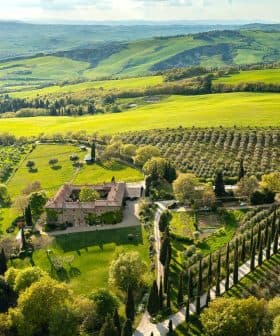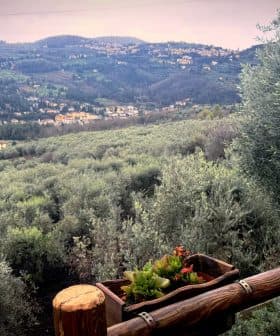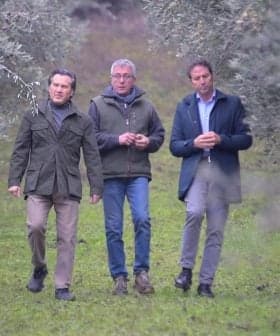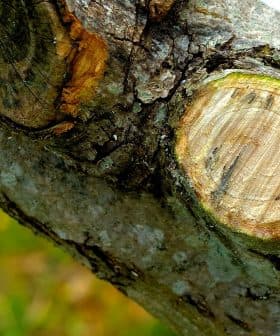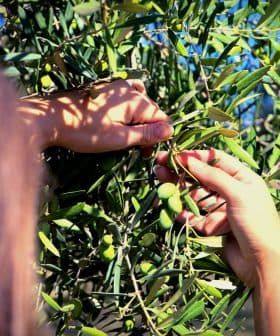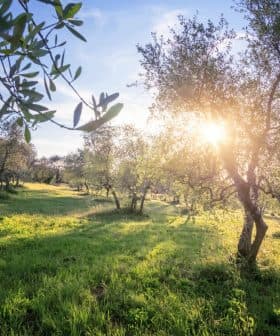On the Importance of Olive Tree Pruning
Pruning olive trees is essential to promote air circulation, light penetration, and prevent diseases, with the goal of removing dead wood and fostering new growth. A skilled pruner, like Gianluca Benedetti, must understand the needs of the olive tree and maintain a balance between foliage and wood to ensure a successful harvest and overall health of the plant. Through his experience and expertise, Gianluca emphasizes the importance of proper pruning techniques to combat diseases and maintain the vitality of olive groves in Italy.
An old Tuscan proverb says that an olive tree is well pruned only if a swallow can fly in its branches.
In addition to the grace that comes from the thought of springy Passeriformes that fly through the silvery leaves, this proverb gives us a small and precious truth: A good pruning should remove from 30 to 50 percent of the vegetative structure of the plant.
Foliage and wood must always be in harmony with one another.
First of all, the pruning helps air circulation and light penetration through the foliage to prevent bacterial and fungal diseases which grow more easily in humid, stagnant air. Secondly, it helps to remove the dead and unproductive wood to foster the development of new fruiting shoots and prevent the aging of vegetation. Also, it helps to decrease the alternation of production which naturally affects the olive and, finally, to manage the size of the plant to engage the harvest in safe conditions.
Taking into account all these factors, we understand that it is better for pruners to not improvise in order to avoid blunders that could drastically reduce the production of olives or cause damage to the health of the plant. The best way to learn how to prune — in addition to the study of the theoretical basis of olive growing — is no doubt to “take the field” in the strict sense of the phrase and see how the pruner behaves with the olive trees.
We met our Italian expert pruner, 38-year-old Gianluca Benedetti, in a beautiful estate on the edge of the Ancient Appian Way, one of the earliest and most important roads of the Roman Republic that connected Rome to Brindisi (Apulia). The countless sacred remains that dot the area provide a suggestive atmosphere — almost mystical.
Between towering cypress trees lining the main avenue of the wide house and massive ancient olive trees scattered around the property, you have the impression of stepping back in time. One has the feeling that at any moment, a chariot will appear from the horizon, pulled by two majestic steeds incited by a driver dressed up in toga!
However, the noise of the chainsaw that Gianluca is using on a thick branch makes us suddenly go back to this day and age. Scissors and hacksaws of various sizes complete his toolkit. A scale is also essential, but during the pruning he did not even touch it, because he climbed directly onto the olive tree.
He literally enters into the heart of the olive, gently rests his boots on the branches – careful not to step on the shoots – and softly uses the branches as if they were the steps of a contorted ladder. He acts with agility like Tarzan in a more civilized location. “It is fundamental to live like the plant in order to understand what it needs,” he reveals. Watching him on the job, you have the impression of a love relationship between him and the olive tree, which he is taking care of.
This is a full-time task for pruning the olive groves of Central Italy. But on the coast, where temperatures are mitigated by the action of the sea, operations started in October. In the cooler and higher areas they will get started later in the year and can continue until the end of April (just before the root system resumes its activities promoting the development of the sprouts due to rising temperatures).
For deeper cuts, the pruner recommends one wait for the arrival of spring because the rains can cause cracks in the wood and facilitate access routes to the various fungal and bacterial diseases.
Gianluca has been doing this job in Italy for 12 years. “This year,” he says, “after having experienced last year’s difficult and lacking harvest, a good pruning, combined with a light tillage, will be more crucial than ever to combat the diseases that proliferated since they were facilitated by climatic conditions.”
Among newly planted seedlings and massive hundred-year giants of Leccino, Frantoio and Pendolino, he explains that to ensure a good pruning, the “management of the fruity shoots is fundamental, namely the production units of the plant: it is essential to renew and replace them when exhausted, to promote the renewal of the vegetation.”
The more widespread training system in Italy has always been the so-called “dichotomous vase,” which provides the central trunk with three or four primary branches that split or branch out into further branches. This type facilitates traditional manual harvest since it allows a firm support to the ladders. In the last fifteen years, however, a new training system has been spreading: the “polyconic vase” that is more suitable for modern growing and harvest, and provides for the development of fruity shoots directly from the main three or four branches.
“In essence,” Gianluca says, cutting the last shoot gently but with determination, “once you have set the structure of the plant, you must guarantee neatness at the center of the canopy and correct management of the fruity shoots.”
He finally reminds us that the fundamental feature of a good pruning is “the final balance between foliage and wood, which must always be in harmony with one another.”


